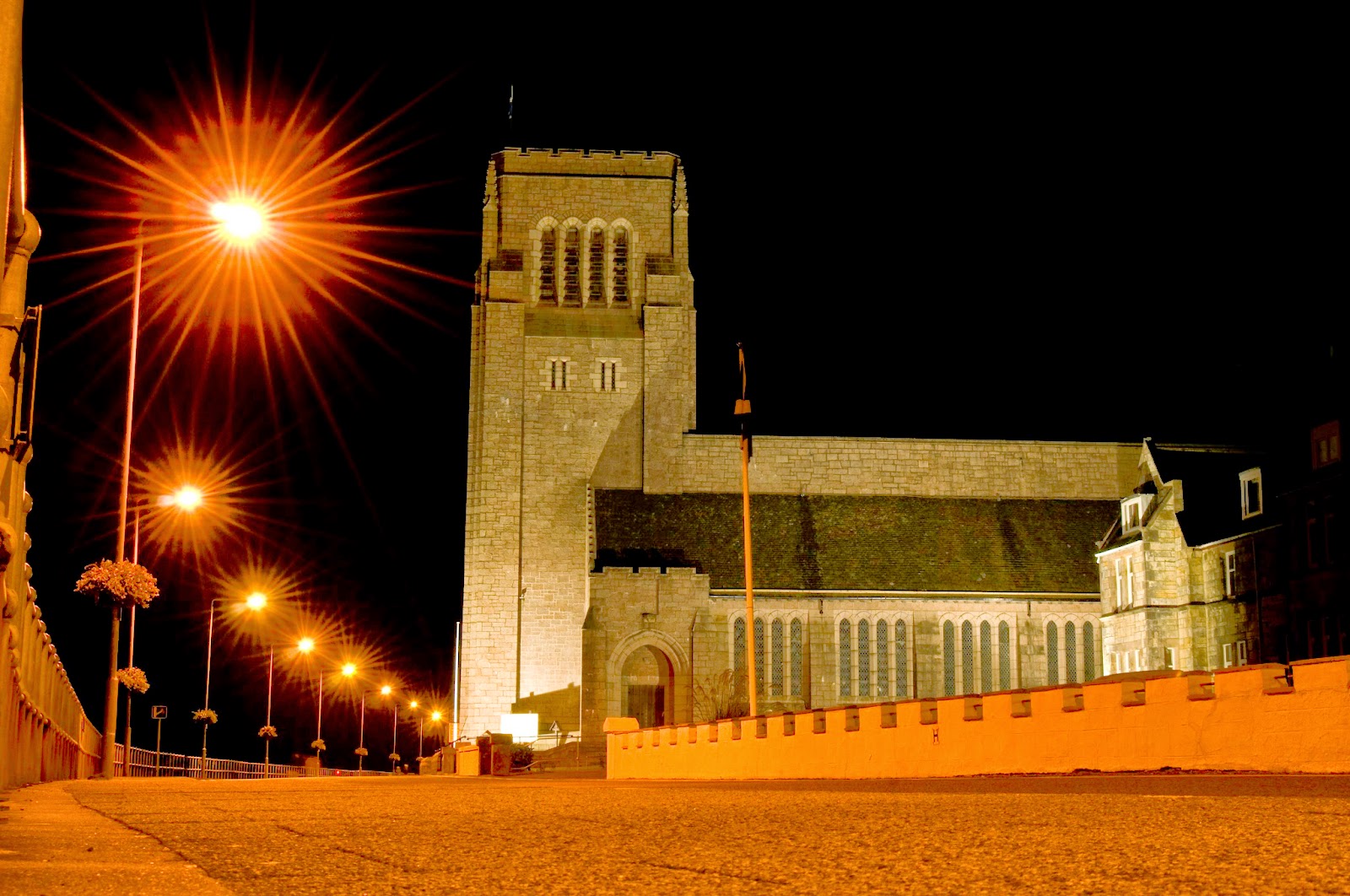
CHAPPIDI ABHIRATH REDDY,
C/O COL GKS REDDY,
Brief stop over at Loch Lomund
Loch Lomond (/ˈlɒxˈloʊmənd/; Scottish Gaelic Loch Laomainn) is a freshwater Scottish loch which crosses the Highland Boundary Fault. It is the largest inland stretch of water in Great Britain by surface area. The loch contains many islands, including Inchmurrin, the largest fresh-water island in the British Isles. Loch Lomond is a popular leisure destination and is featured in song.
Often considered the boundary between the lowlands of Central Scotland and the Highlands. It is 39 kilometres (24 mi) long and between 1.21 kilometres (0.75 mi) and 8 kilometres (5.0 mi) wide. It has an average depth of about 37 metres (121 ft), and a maximum depth of about 190 metres (620 ft). Its surface area is 71 km2 (27 sq mi), and it has a volume of 2.6 km3 (0.62 cu mi). Of all lochs and lakes in Great Britain, it is the largest by surface area, and the second largest (after Loch Ness) by water volume. Within the United Kingdom, it is surpassed only by Lough Neagh and Lower Lough Erne in Northern Ireland and regarding the Isles as a whole there are also several larger loughs in the Republic of Ireland.
We decided to have our Lunch Break at Luss (Lus, 'herb' in Gaelic) is a village in Argyll & Bute, Scotland, on the west bank of Loch Lomond, as the same is located astride the Motorway from Glasgow to Oban.
A view of Loch Lomond from Luss Village Resort.
Another view of Loch Lomond.
A street in Luss Village Resort
A view of another street in Luss village
A view of the car park and the beautiful scenery behind the village
A view of Luss village Market
Visit Oban Town
Oban (About this sound listen (help·info); An t-Òban in Scottish Gaelic meaning The Little Bay) is a resort town within the Argyll and Bute council area of Scotland. Despite its small size, it is the largest town between Helensburgh and Fort William and during the tourist season the town can play host to up to 25,000 people. Oban occupies a beautiful setting in the Firth of Lorn. The bay is a near perfect horseshoe, protected by the island of Kerrera, and beyond Kerrera the Isle of Mull. To the north is the long low island of Lismore, and the mountains of Morvern and Ardgour.
We reached Oban by about 1800h. Went round the market, before going to the Hotel for freshening up.
Beautiful Flower Beds at Oban Market Square
Another view of the Flower Beds at Oban Market Square
A view of the Market Square and the Oban Fishing Harbour
Oban is known popularly as ‘The Gateway to the Islands'. This is a fitting title for the town which is the undisputed capital of the Scotland's western seaboard. From Oban, ferries will carry you to the scattered islands of the Inner Hebrides: to Kerrera, Isle of Mull, Iona, Tiree, Lismore, Coll, and beyond. The area around Oban is one rich in history and natural beauty. Oban itself literally means “little bay”, derived from the Gaelic “An Ob”. The town consists of predominantly Victorian buildings, hemmed in by hills and cliffs, clustered around the bustling harbour occupying the bay. While the Victorian architecture gives us a clue to the epoch in which Oban grew to become a significant town, it disguises the fact that the site has a longer history which one must dig deeper to uncover.
A view of the Oban Bay Fishing Harbour
Another View of Oban Bay Fishing Harbour. The Town is located around the bay,
with opening to North Sea from the North
Local Fishermen's God, installed at the Fishing Harbour
A view of Harbour from the Market Square
Another View of the Bay from the Market Square
A view of Our Hotel Room at Oban
Visit Oban by Night Including Sunset over the Bay.
After going around the Market Square and the Fishing Harbour, we went to our Hotel Room, freshened up and quickly returned to watch the famous Sunset over Oban Bay and view other sights b y Night. We decided to view the Sunset from the Mc Caig's Tower, a dominating location in the town.
Mc Caig's Tower
McCaig's Tower is a prominent tower on the hillside (called Battery Hill) overlooking Oban in Argyll, Scotland. It is built of Bonawe granite taken from the quarries across Airds Bay, on Loch Etive, from Muckairn, with a circumference of about 200 metres with two-tiers of 94 lancet arches (44 on the bottom and 50 on top).
The structure was commissioned, at a cost of £5,000 sterling (£500,000 at 2006 prices using GDP deflator), by the wealthy, philanthropic banker (North of Scotland Bank), John Stuart McCaig.
John Stuart McCaig was his own architect. The tower was erected between 1897 and his death, aged 78 from Angina Pectoris, on 29 June 1902 at John Square House, Oban, Argyll.
McCaig's intention was to provide a lasting monument to his family, and provide work for the local stonemasons during the winter months. McCaig was an admirer of Roman and Greek architecture, and had planned for an elaborate structure, based on the Colosseum in Rome. His plans allowed for a museum and art gallery with a central tower to be incorporated. Inside the central tower he planned to commission statues of himself, his siblings and their parents. His death brought an end to construction with only the outer walls completed.
Pre Sunset over Oban Bay, as seen from the Mc Caig's Tower
Sunset over Oban Bay
Sunset over Oban Bay through the Mc Caig's Tower Wall
A view of Mc Caig's Tower from outside
Views of Oban by Night
Oban Fishing Harbour by Night
View of a Building in the Market Square
View of the Market Square from across the Fishing Harbour
Note:- The information about the places visited has been Extracted from Wikipedia The Free Encyclopedia.






















No comments:
Post a Comment